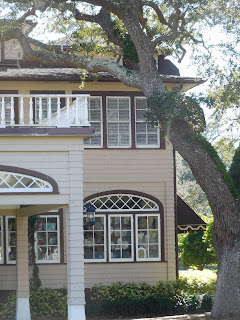After The Fall That Would't end (Did I want it to?), winter finally came right about the time I took off for Florida. Since I came back nearly two weeks ago, I haven't done much riding. In fact, today I got on my bike for the first time since last weekend, when a blizzard dumped more than two feet (65 cm) of snow on us.
The day after the storm, a travel ban was in place, which meant that all non-emergency vehicles were banned from the city's streets. Now, nobody defined exactly what "emergency" means, so there were a handful of cars slipping and sliding along the roads. The only cyclists I saw were making deliveries for local restaurants and diners.
I could have ridden a couple of days ago, but I was busy preparing for a new job I started on Friday. More about that later. Also, I was working on a bike-related and a writing project.
But I got out for two and a half hours this afternoon. The weather was mild for this time of year: 10C (50F) late this afternoon. Most of the snow is gone, but there are some mounds in out-of-the-way spots, like the parking lot of the Long Island Rail Road station in Hunters Point:
Hmm...Was she feeding her young? Or instructing him?
Has the one on the left turned his back on her? Is he an absentee father, a shadow?
After I took the photos (on my cell camera), I resumed riding. After all, I don't want to be involved in a family feud!
The day after the storm, a travel ban was in place, which meant that all non-emergency vehicles were banned from the city's streets. Now, nobody defined exactly what "emergency" means, so there were a handful of cars slipping and sliding along the roads. The only cyclists I saw were making deliveries for local restaurants and diners.
I could have ridden a couple of days ago, but I was busy preparing for a new job I started on Friday. More about that later. Also, I was working on a bike-related and a writing project.
But I got out for two and a half hours this afternoon. The weather was mild for this time of year: 10C (50F) late this afternoon. Most of the snow is gone, but there are some mounds in out-of-the-way spots, like the parking lot of the Long Island Rail Road station in Hunters Point:
Hmm...Was she feeding her young? Or instructing him?
After I took the photos (on my cell camera), I resumed riding. After all, I don't want to be involved in a family feud!





























